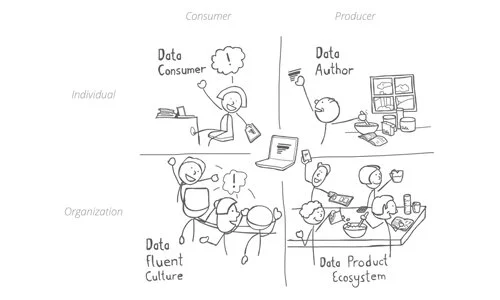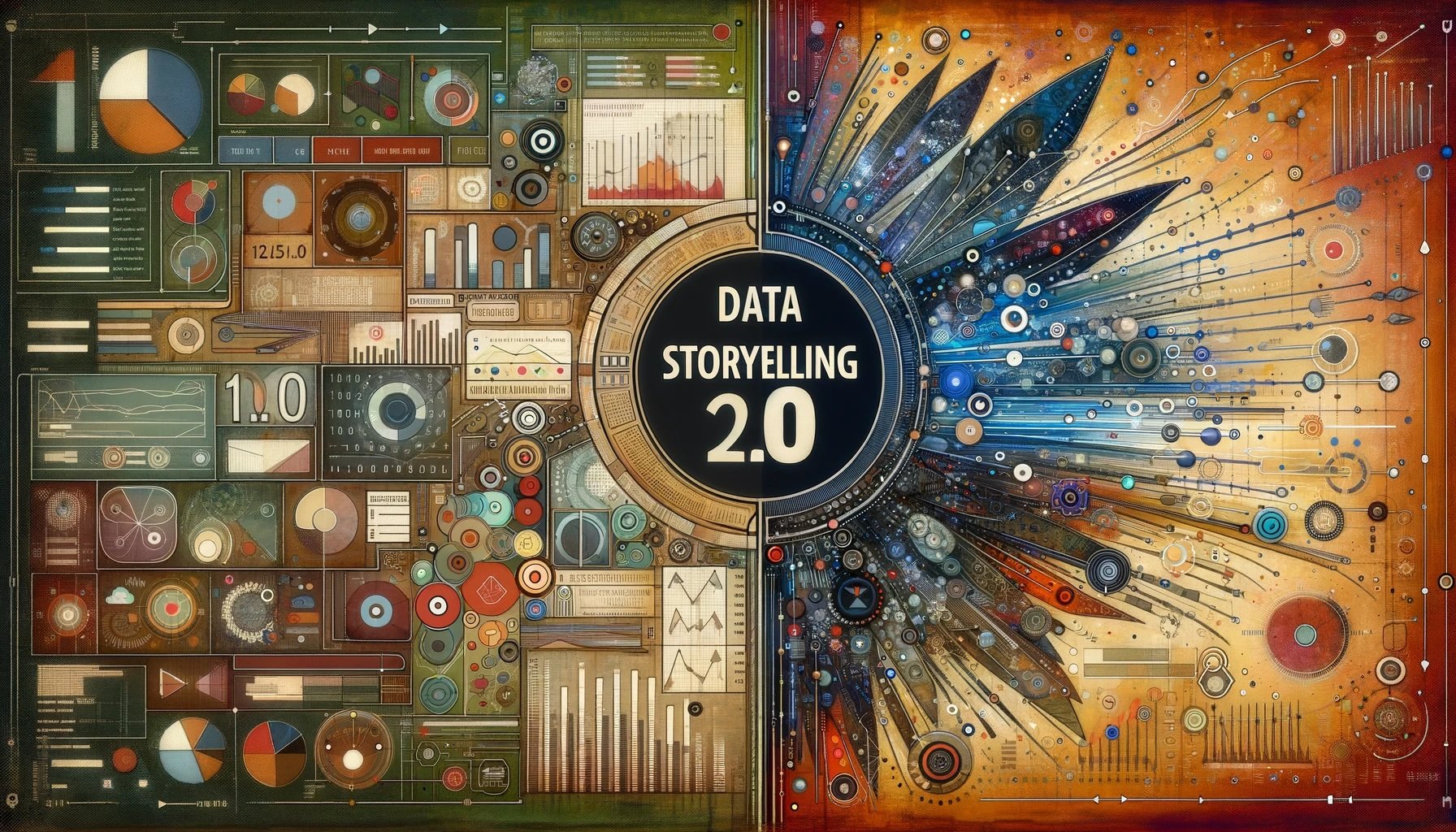I recently spoke with the team at SourceForge, a leading platform for the distribution and discovery of software solutions. The interview ended up summarizing our journey as a company to transform how people communicate with data. Here’s the transcript:
SourceForge: You have said that the challenges faced by the analytics industry are more social than technical. What did you mean by that?
We’ve been in the analytics space for nearly two decades. The technology has advanced, particularly in advanced analytics, but the same problems persist. There is still a lack of engagement with data by many people in organizations. People have discomfort with using data to drive everyday decisions. That stuff doesn’t get solved through more features. And for many leaders, there is a feeling of frustration for all the money they have spent on data projects. Where is the payback? How long are they going to have to wait? We can’t climb our way out of these problems by always betting on the machines to do more.
For all the advances in artificial intelligence and machine learning, it seems to me that the people-side of analytics continues to be neglected. When I say people-side, I mean: what skills do everyday information workers need to be successful? How does the culture of an organization need to change to embrace using data? How do we meet people where they are to help them become more data fluent?
SourceForge: Given that, why have you focused your company on building yet another tool?
Fair point. It is because creating change in the workplace is often the intersection of new behavior and new, easier ways to enable those behaviors.
Take Slack and how they transformed workplace communication. Our email inboxes were exploding, and adding more features to email clients wasn’t solving the problem. Slack came along and re-thought how to make it easier for people to collaborate in teams.
That’s how we think about Juicebox. There needs to be a fresh approach to how people take spreadsheets of data and turn it into something useful. The new approach needs to put people first, not by making it more complex or feature bloated.
SourceForge: But there are a lot of tools for visualizing data. Why did you feel like the world needed another one?
The world certainly doesn’t need another dashboard-creating tool, that’s for sure. Nor do we need something to try to replace the visual analytics behemoths Tableau and PowerBI. Those tools are essentially Excel on steroids. More capable. More visual. And more complicated.
What these tools don’t focus on is how do we make sure the data gets communicated effectively. That’s the missing link. We sometimes call it the last mile of analytics. What has been missing is a solution that provides an easy, accessible bridge between people who work with data and the minds of the decision-makers who should understand that data.
With Juicebox, we created a solution that is lightweight and accessible to everyone. It is easy to learn, easy to get started. The everyday information worker doesn’t want to have to get an advanced certification to be able to visualize, present, and share data in their organization. They need something radically simpler. But also something radically more powerful than the Excel and PowerPoint that they are currently using to present data.
That’s where Juicebox fits in. We experienced first-hand the frustration people feel. We set out to deliver a better mousetrap for communicating data.
SourceForge: Let’s talk about those people. What have they struggled with, and how does Juicebox help them?
ZG: I believe there is a silent majority of people in the workplace who want to do more with data but don’t yet have the skills or tools.
Think of it like all the want-to-be cooks who admire recipes online but find it too much effort to gather all the ingredients and learn to make the meal. For these people, meal prep solutions came along, like Blue Apron and HelloFresh. Suddenly anyone could whip up a darn good at-home meal. What did it take? It took some guidance, some simplifying of the recipes, and more convenience.
It’s exactly the same for data in the workplace. Sure people have Excel, and maybe access to a powerful analytics BI platform…but that doesn’t make it easy. With Juicebox, we want to make it easy for these people to whip up something delicious with their data.
SourceForge: You are also the author of a book called ‘Data Fluency’ in which you present a path toward more effective use of data in organizations. How does your product fit into this framework?
We wrote that book because it was clear that many organizations were struggling to really unlock the power of their data. I’m not talking about hiring more data scientists or applying machine learning models. They just want to know what is most important, define key metrics, see trends, and find insights they could act on. It is the world of small data that still has so much untapped potential. We saw that the issues were about mindset and skillset, not technology.
In our book, we propose four pillars that an organization needs to build to become data fluent. The pillars are: data consumers that are data literate; data authors that know how to communicate effectively; an organizational data-driven culture; and an ecosystem for designing and sharing what we call data products.
Juicebox is a key that can help unlock some of these challenges. It gives data authors the most user-friendly solution for communicating, and it serves as an integral part of a data product ecosystem. More than ever, we believe that we need to make data a medium for communication. Juicebox is one piece of the puzzle.










